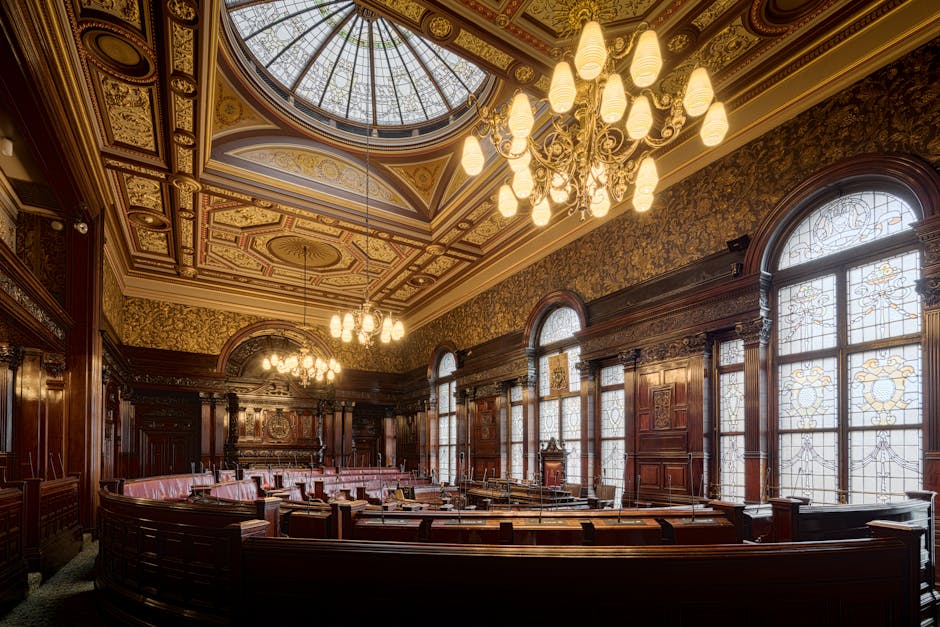New Delhi – In a landmark observation with far-reaching implications, the Supreme Court of India has ruled that it cannot impose a fixed timeline on the President or a Governor to grant assent to bills passed by legislatures. The bench, led by Chief Justice of India D.Y. Chandrachud, reasoned that setting such rigid deadlines would be “‘against the elasticity of the Constitution.”
This crucial pronouncement comes amid ongoing tensions between several state governments and their respective Raj Bhavans. States like Kerala, Tamil Nadu, and Punjab have petitioned the court, accusing their Governors of deliberately delaying key legislation by not acting on bills for extended periods. While the court has previously criticized such delays, this latest observation clarifies the constitutional limits of its own powers.
So, what does this ruling mean for these power tussles, and why is the court reluctant to enforce a deadline? Here are the key points from this significant development.
Why the SC Won’t Set Timelines: The ‘Constitutional Elasticity’ Argument
The core of the Supreme Court‘s stance lies in the flexible nature of the Indian Constitution. The bench noted that the framers intentionally used phrases like “as soon as possible” in Article 200 (concerning Governors’ assent to Bills) instead of a specific period like 30 or 60 days. This was a deliberate choice designed to allow for deliberation, negotiation, and flexibility in the legislative process.
According to the CJI, imposing a strict, court-mandated timeline would be equivalent to judicial legislation—the court effectively rewriting a constitutional provision. The bench believes this would violate the separation of powers and make the “living document” too rigid.
Key Points from the Supreme Court‘s Ruling
-
No Judicial Timelines: The most important takeaway is that courts will not act as timekeepers for the President or a Governor. The power to grant or withhold assent is a constitutional function, and the judiciary will not encroach upon it by setting deadlines.
-
‘As Soon As Possible’ Is Still Binding: While refusing to set a timeline, the court clarified that Governors do not have a license for indefinite inaction. The phrase “as soon as possible” has legal weight. The court has consistently held that an inordinate and unexplained delay in acting on a Bill can be challenged as a failure of constitutional duty.
-
A Governor’s Limited Options: The court reiterated its earlier ruling in a case filed by the Punjab government. When a bill is presented, a Governor has three options: grant assent, withhold assent (and return the bill with a message), or reserve the bill for the President’s consideration. Simply sitting on the bill indefinitely is not a constitutionally valid option.
-
Re-passed Bills Must Be Approved: The Supreme Court has strongly upheld a critical check on the Governor’s power. If a state legislature re-passes a bill that the Governor had returned, the Governor is constitutionally bound to give their assent. This prevents the office of the Governor from becoming a permanent roadblock to the will of an elected legislature.
Implications for Federalism and Governor-State Conflicts
This observation arrives at a critical moment in India’s federal politics. Several opposition-ruled states have alleged that the Centre is using the office of the Governor to obstruct their legislative agendas through a “pocket veto” by delay.
The Supreme Court is navigating a fine line: protecting democratic principles without overstepping its judicial role. By refusing to impose timelines on the President and Governor to act on Bills, the court places the responsibility back on political functionaries to adhere to constitutional conventions.
While the ruling may not be the definitive solution states were hoping for, it reinforces a core principle: the answer to political friction lies in respecting constitutional spirit, not just in judicial orders. The court’s door remains open if a delay becomes unreasonable, but the primary duty for a functioning democracy rests with the executive and legislative branches.




